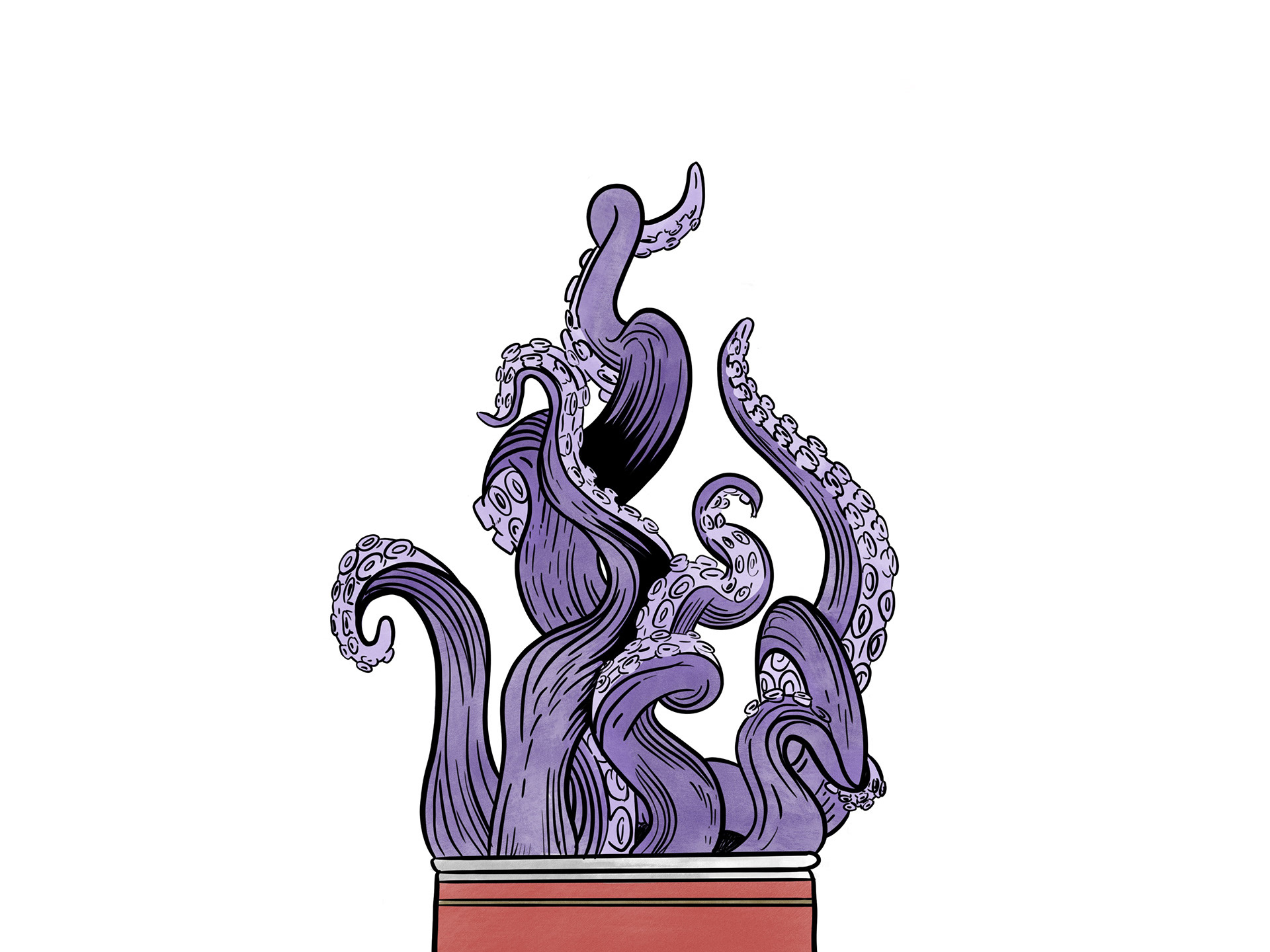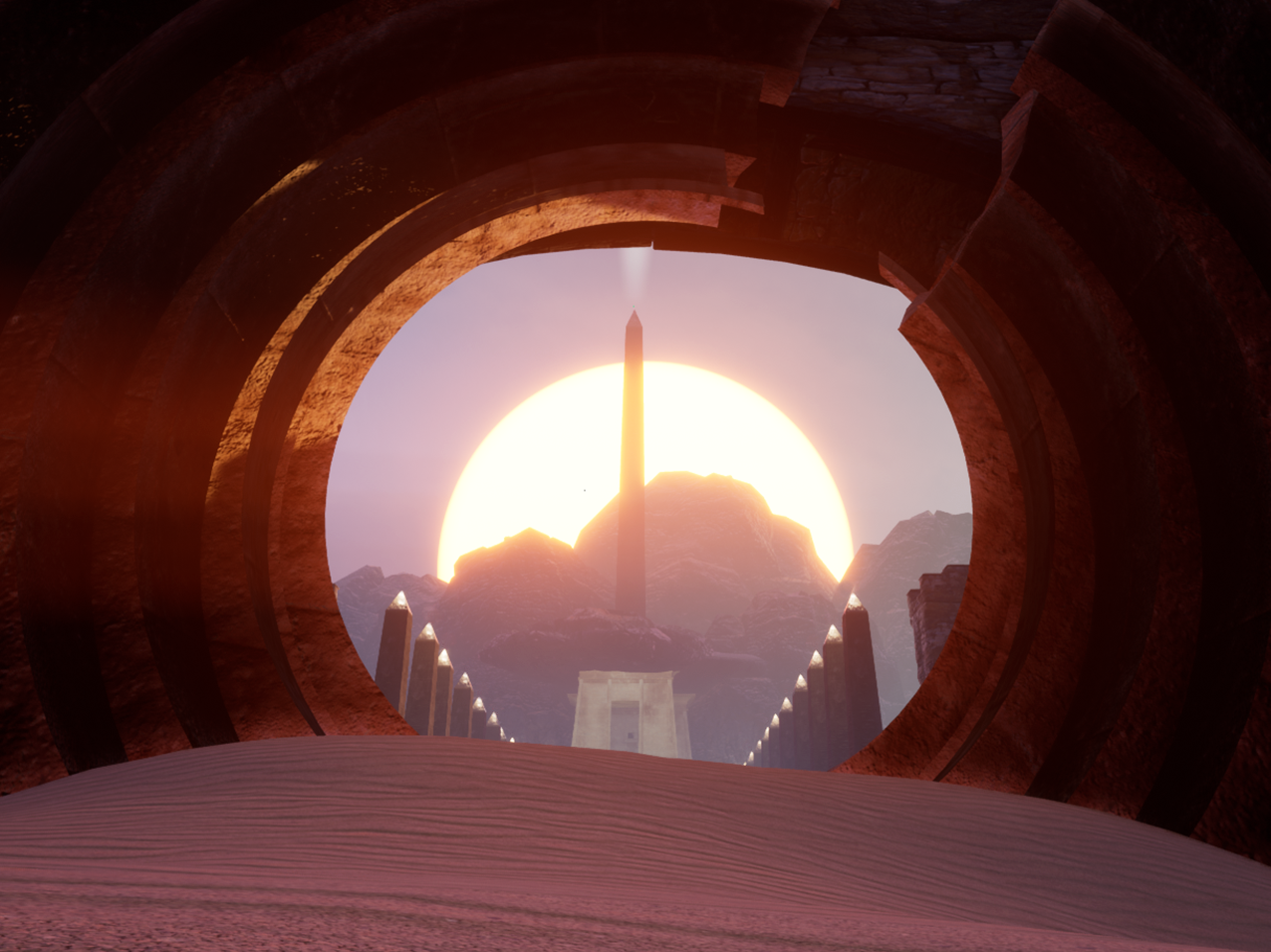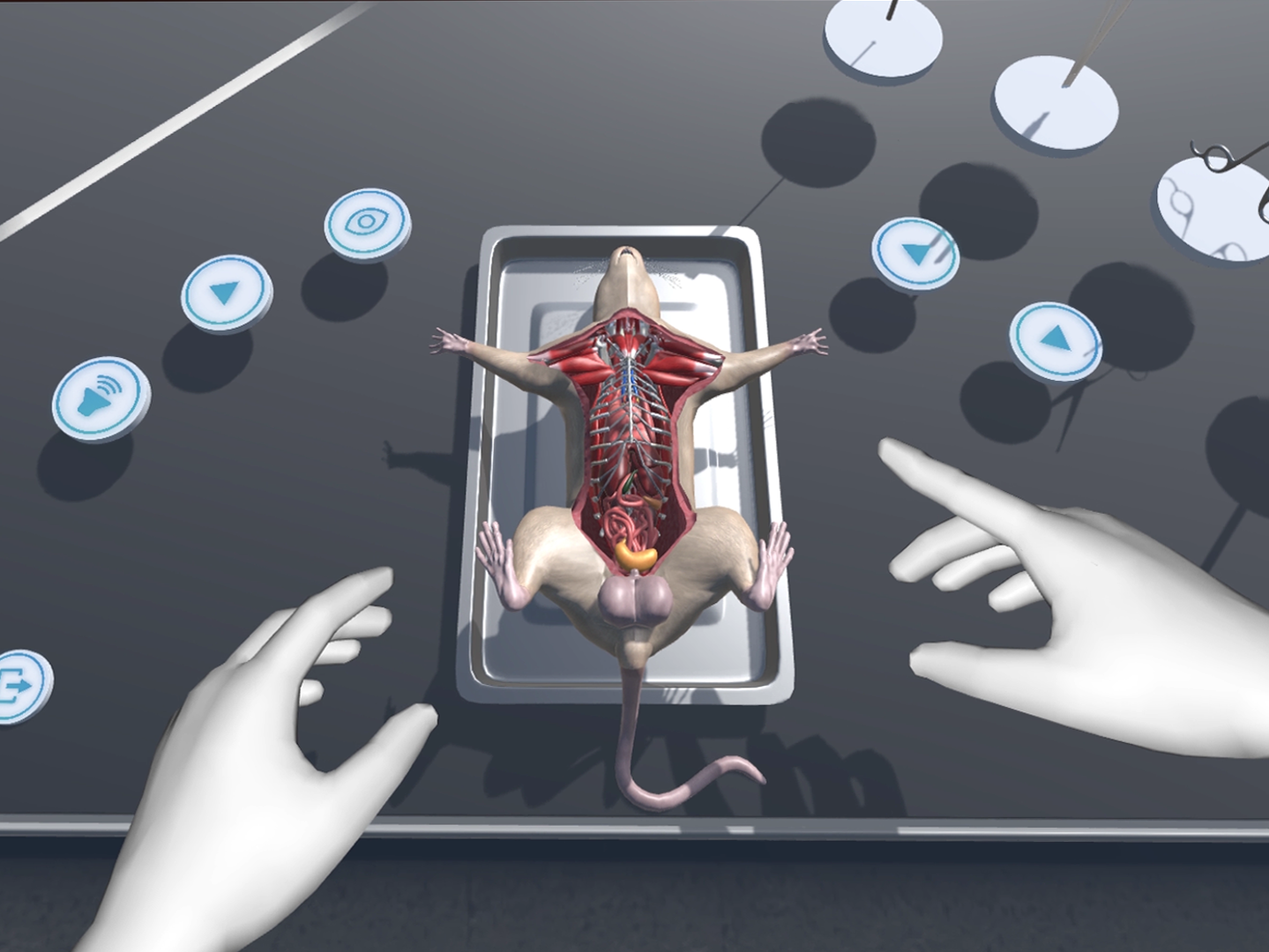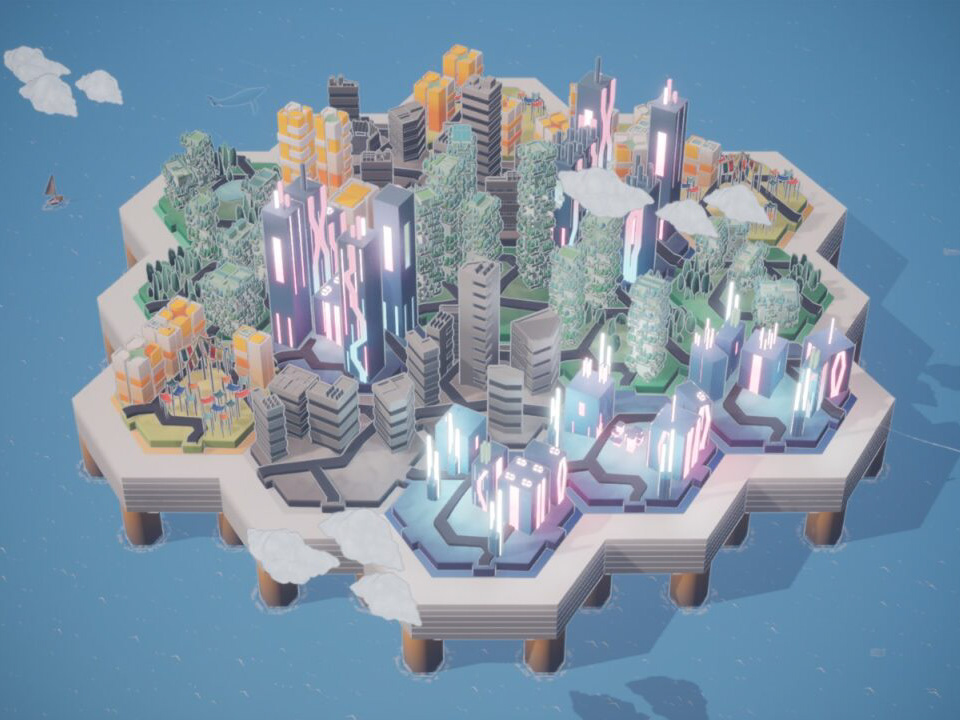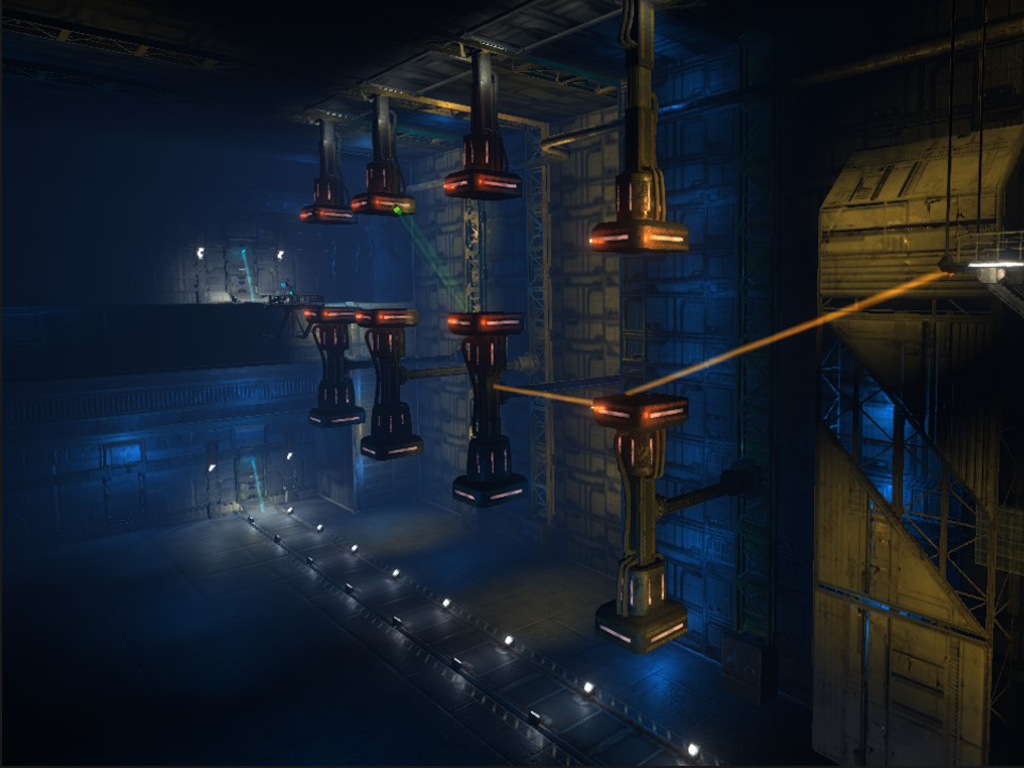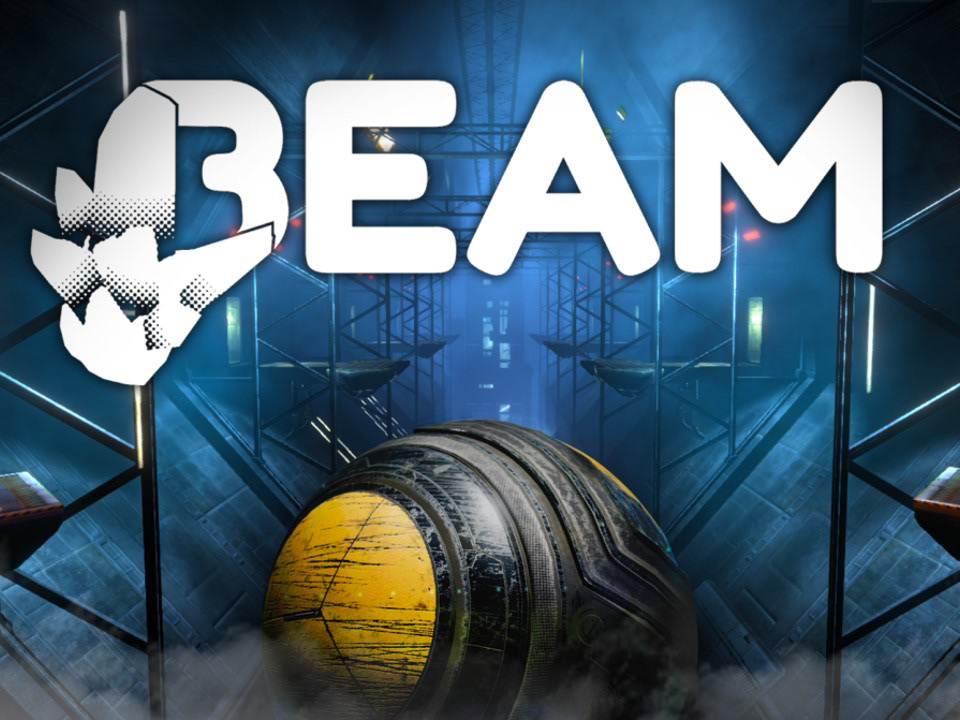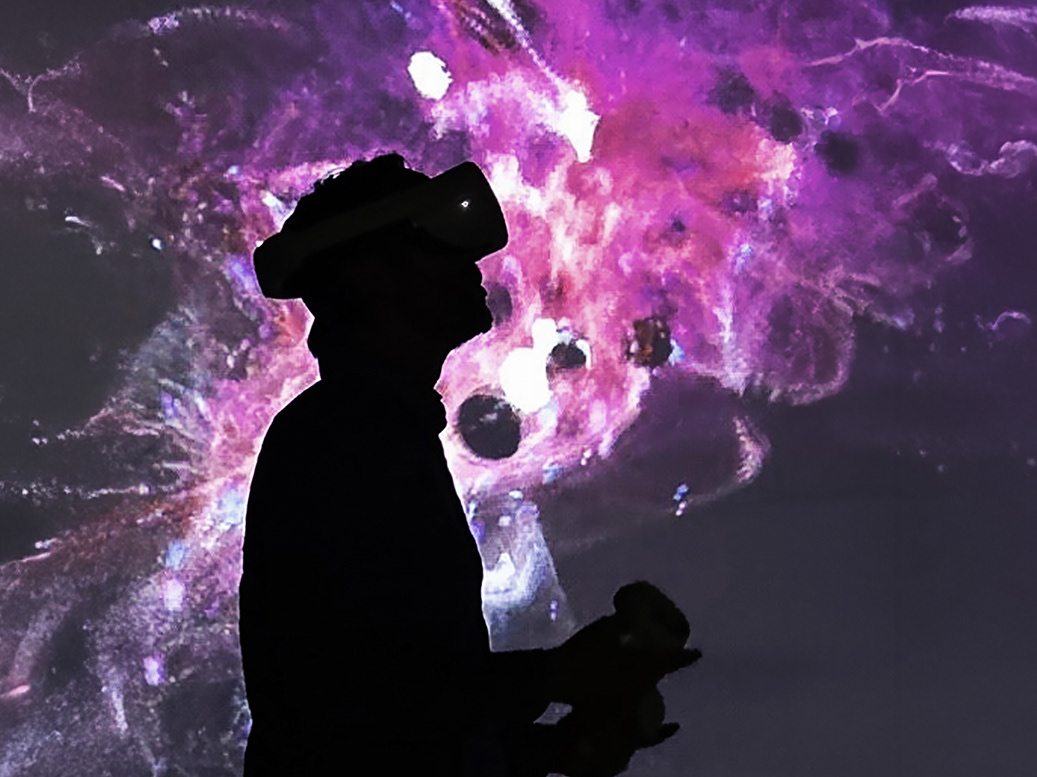Genie und Wahnsinn" - Eine Untersuchung auf Zusammenhänge zwischen Künstler*innen, psychischen Erkrankungen und der Entstehung monströser Gestalten aus ihnen
"Genius and Madness" - An Inquiry into the Connections between Artists, Mental Illness and the resulting Emergence of Monstrous Figures
Fear of Loss
Insecurity
Dementia
Fear of the Future
Fear
Helplessness
Introduction:
What is the relationship between art and mental illness? Are mentally ill people more creative (or, conversely, are creative people more likely and/or more heavily burdened with mental illness)? Are mentally ill or extreme personalities more prominent in the art world and if so, why? Where does this image come from and why is it so persistent? What can be drawn from the symbiosis of neurodivergence and art? The uncomfortable and spectacular blend of art and pain has long been revered in Western society. Art can be hard to create, it can come from great pain and suffering. There are tortured artists in the world, not only because some people live tortured lives whether they are artists or not, but also because it is difficult to create good art; Finding that fine line on which to communicate effectively and impressively to others. There are works of art that took months, years, even decades to complete and are the result of considerable toil, both physical and mental labor, and there are works of art that unfold in a very short time. If an artist agonized over something, pulled it from the dark depths of their soul, and metaphorically or even literally bled onto the canvas, then the artwork might seem like a more valuable asset containing more actual labor. Art can convey many emotions, attitudes, and experiences, including pain, struggle, and hardship. Art can give form to our worst, darkest thoughts, ideas, feelings, and fears. From Van Gogh to Kahlo to Hemingway, we also tend to think of art as a great release and expression of pain - an exorcism of inner demons that became a magnum opus for the awed viewer, the painless. Art and suffering went hand in hand for a long time. Kurt Cobain was crushed by his depression yet created transformative music. Billie Holiday lived a terrible life of poverty and abuse, but the pain in her voice when she sings "Solitude" is immeasurably moving. Francisco de Goya also suffered from a chronically deteriorating mental health, but he left us some of the most haunting masterpieces in the Western canon. Monsters feature prominently in our modern popular culture, primarily in literature, film, and computer games. In order to populate a game world with a monster system rooted in the subconscious psyche, I search for the emergence of monsters from the psyche itself and the influence of mental illness in art with the fantastic and monstrous as its vocabulary. In this work I therefore examine the myth of the mad genius, its origin and especially its development up to the present day. The aim is to research the extent to which creativity and predispositions for mental illnesses are neurobiologically related and what this means for artists. Furthermore, I consider the psychological imprints and their effects on selected art-historically relevant artists in a larger philosophical framework. The focus is initially on the life and work of two painters who are still famous and revered for their psychological stress, Vincent Van Gogh, and Frida Kahlo. Vincent van Gogh is often referred to as a "tormented genius", as if his artistic talent were the result of poor mental health or "madness". Van Gogh noted that throughout his life he experienced periods of "dejection" and "passions". After his suicide at the age of 37 his unconventional style was considered a symptom of illness. Since World War II he has been seen more as a hero who fought against all odds to create his art. Today I consider his life and work as a starting point to examine whether and how famous "mad geniuses" in painting translated their psychological hardships into their art. Frida Kahlo is another artist who experienced extreme suffering in her life; but unlike the works by van Gogh, her art shows this in great detail. The chronic physical pain that plagued her constantly after a tram accident at the age of 18, the physical and psychological pain of a miscarriage and the emotional pain of not having a reliable husband. It is also very interesting to look at Frida Kahlo because - unlike all the other personalities discussed in this work - she is a woman about whom we have a lot of first-hand information, both biographically and psychologically. With these two painters, the main question is to what extent they painted despite or precisely because of their illnesses. Then I take a look at the literary worlds of Franz Kafka and H. P. Lovecraft, whose texts processed and expressed fear in a formative way that reached into many contemporary works. "Madness" appears in every one of H.P. Lovecraft's Stories. Many of his characters go insane themselves or are surrounded by madmen. The infamous author of his fictional book about all things monstrous, the Necronomicon, is referred to almost exclusively as "the mad Arab Abdul Alhazred." Madness even finds its way into the title of one of Lovecraft's most acclaimed stories, “At the Mountains of Madness”. Madness and insanity are clearly a fascinating concept for him. At first glance, you'd think Lovecraft would use it to incite fear. On the one hand, he also often equates the process of "going mad" with a weak mind. On the other hand, however, he conspicuously often conflates insanity with something more positive that many other writers would praise as a good quality for a character. For Lovecraft, insanity is not an accidental phenomenon, it is not something that happens to anyone in his stories. For him, teachers, students, scientists, artists, researchers, and scholars are the people who are most vulnerable. In his stories he combines madness with curiosity, intelligence and above all imagination, which makes him and his work particularly interesting for my consideration. Outwardly, Franz Kafka appeared ailing and inconspicuous. But deep within him lived visions of horror, paranoia, existential angst, and alienation. During his youth, Kafka developed an urge to write to deal with his growing feelings of fear, guilt, and self-loathing. He created uniquely psychologically oppressive, bewildering, and surreal stories unlike anything seen before that would define the entire 20th century. He developed a style so peculiar to him that anything resembling it is called Kafkaesque. Finally, my focus is on two artists associated with fantastic painting: the previously outlined Francisco de Goya, and Johann Heinrich Füssli, who was a remarkably grueling character even in his day. Füssli and Goya were particularly interested in the interplay of good and evil, i.e. what makes something and someone good or bad, and Goya in particular tried to show how easily things can get out of balance. Here Goya is the outstanding painter of the Romantic era who wants to capture the grotesque, the violent, the irrational. Of the myriad of paintings created throughout human history, “Saturn Devouring His Children” is often intuitively identified as one of the most disturbing. Francisco the Goya suffered from several unknown life-threatening diseases, one of which left him deaf. But he also struggled a lot with the decadence of a politically unstable Spain. A Spain that quarreled with enlightened ideas, that let its reason sleep and was haunted by monsters. He also saw the atrocities of the Peninsular War, the invasion of his homeland by French forces. These events, combined with his illnesses, hit Goya hard both physically and mentally. The deterioration of his condition resulted in extremely expressive and terrifying images, filled with a very distinct and influential symbolism that many artists after him adopted.


